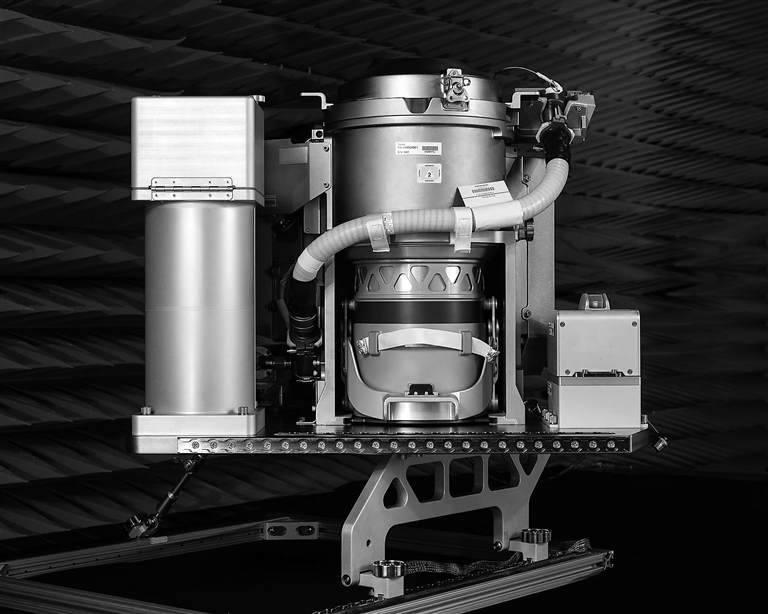
A NEW space toilet is making its way to the crew of the International Space Station aboard a Cygnus spacecraft. NASA blasted its Universal Waste Management System (UWMS) to the space station on a Northrop Grumman Cygnus cargo capsule Oct. 1. It was installed right next to the toilet already on board (the Waste Control System or WCS). “Its features improve the current space toilet operations and help NASA prepare for future missions, including those to the Moon and Mars,” explained NASA, in a statement. “The UWMS demonstrates a compact toilet and the Urine Transfer System that further automates waste management and storage.” NASA added that the smaller footprint of the UWMS “supports a possible increase in the number of crew members aboard the space station, as well as planning for future exploration missions.” While this throne isn’t made of fancy porcelain, it was designed to be cleaner, more comfortable and require less crew time than the WCS, with a 75 percent reduction in volume and weight. Another element taken into account during the initial design phases was cost reduction. The cost of each component was compared to the cost of similar components in the WCS to implement design changes that would impact the bottom line. Microgravity is a toilet’s worst obstacle. Commodes on Earth and in airplanes that stay within our atmosphere rely on gravity to take care of the dirty work. In space, anything that falls in has a risk of floating back out. The water that is essential to a toilet cleaning itself is also prone to zero-gravity problems. To keep everything that is supposed to be in there from venturing anywhere else, there needs to be a suction system in place that forces waste and water downwards. Suction components need to be held close to an astronaut’s body to make sure there are no accidents. The UWMS has made these features both more efficient and more accommodating for female astronauts. The UWMS starts automatically to eliminate the need for flushing. While the WCS separates urine from any fecal matter, plumbs the urine to a venting station and freeze-dries the fecal matter, the UWMS is taking this further by sterilizing astronaut urine before it processes and recycles it for reclaimed water. Systems like this will have to be taken seriously on the Moon or any other extraterrestrial territory where astronauts will need all the water they can get, which can be used for anything from drinking to rocket fuel. Astronaut urine also has the potential to be an ingredient in a type of cement that could be used for lunar habitats. The UWMS will also be easier to use and equipped with a sensor to alert crew members when the toilet is full. “General crew consensus is that the user panels on previous systems are complex, offering more functionality than is really needed. Instead of a user panel, the UWMS will turn on when the seat lid is lifted,” the NASA paper said. “Each urine tank has a signal light. When the internal sensor determines the urine bag is full, the lights will illuminate and the fecal canisters will function similarly.” Cygnus is loaded with nearly 3,630 kilometers of research, crew supplies and hardware, including the toilet. Another UWMS will be installed in NASA’s Orion spacecraft for the crewed Artemis II test flight expected to launch in 2023. The 10-day mission will take four astronauts beyond the Moon and back. Cygnus will leave the space station in mid-December, undertaking a key experiment as the mission approaches its conclusion. “Following departure, the Saffire-V experiment will be conducted prior to Cygnus deorbit and disposing of several tons of trash during a fiery re-entry into Earth’s atmosphere approximately two weeks later,” NASA said in a statement.(SD-Agencies) | 
